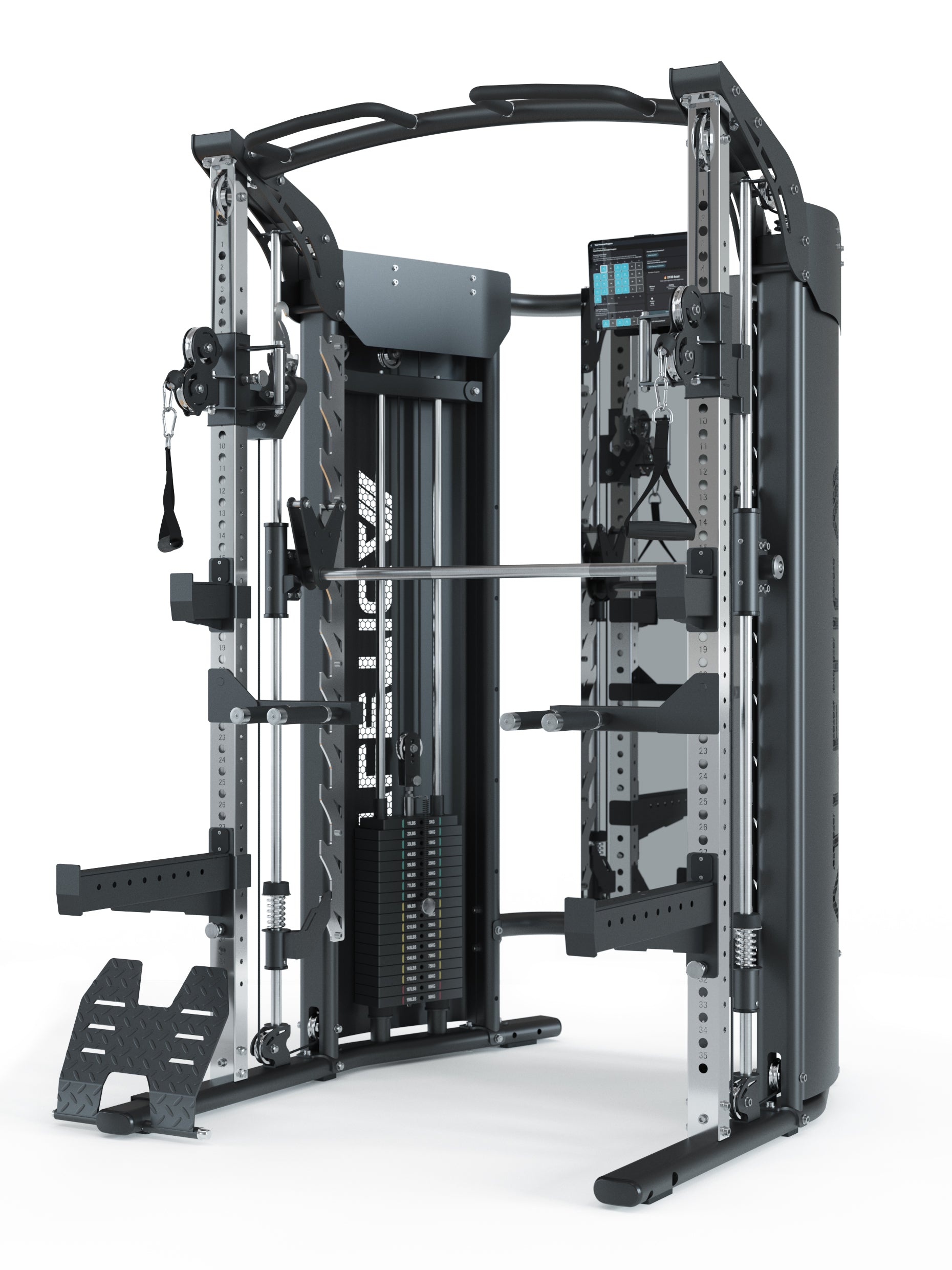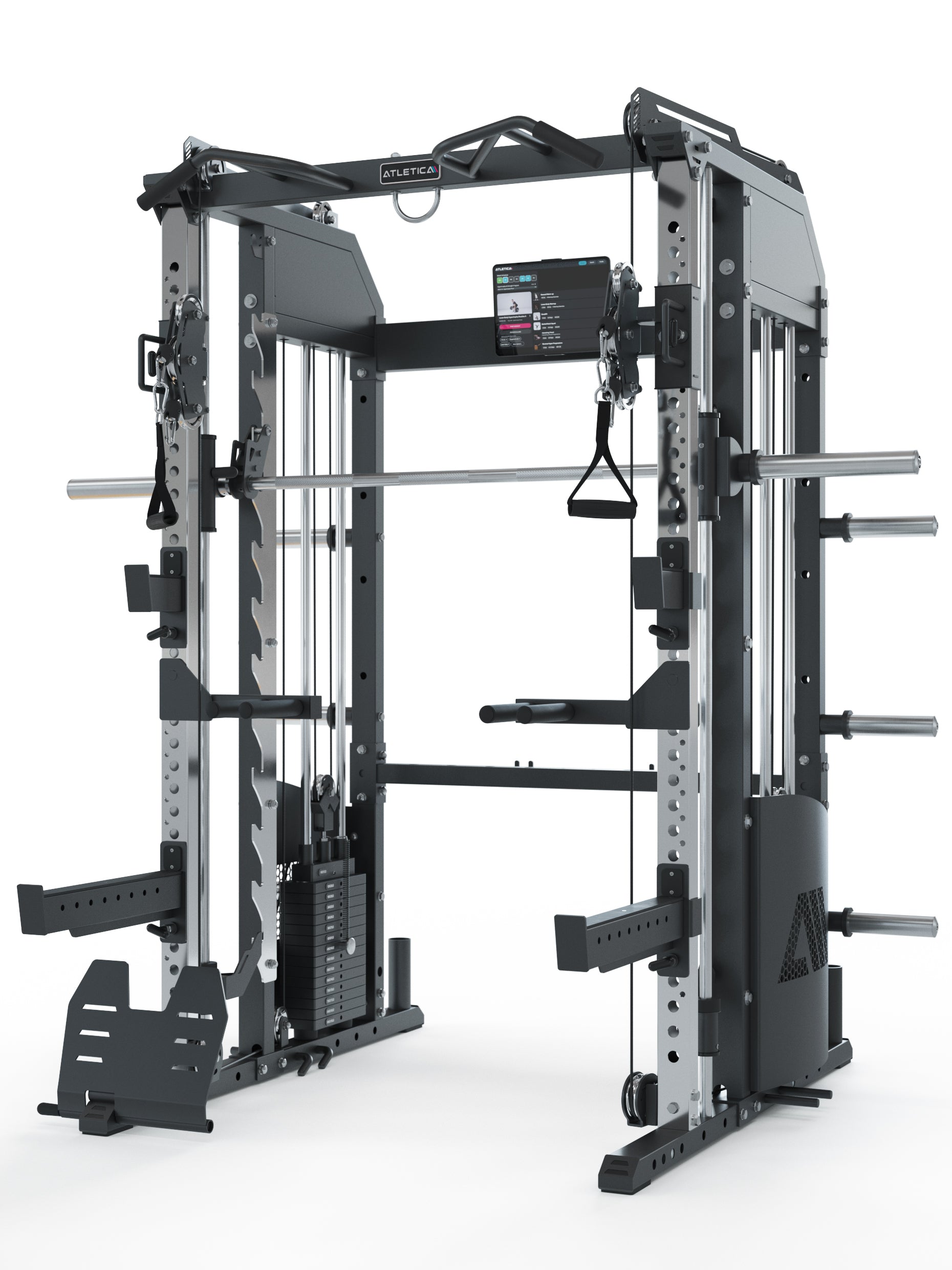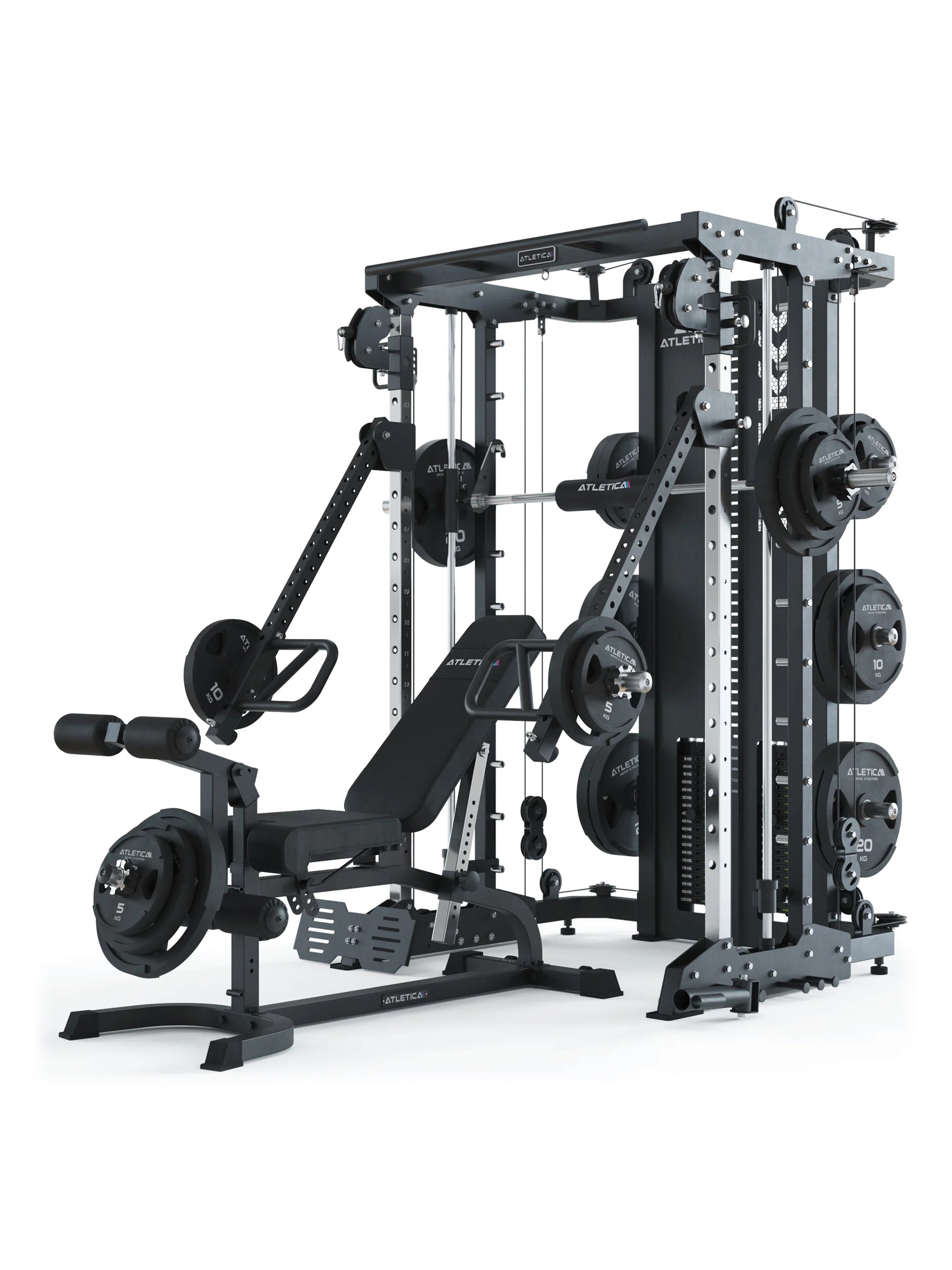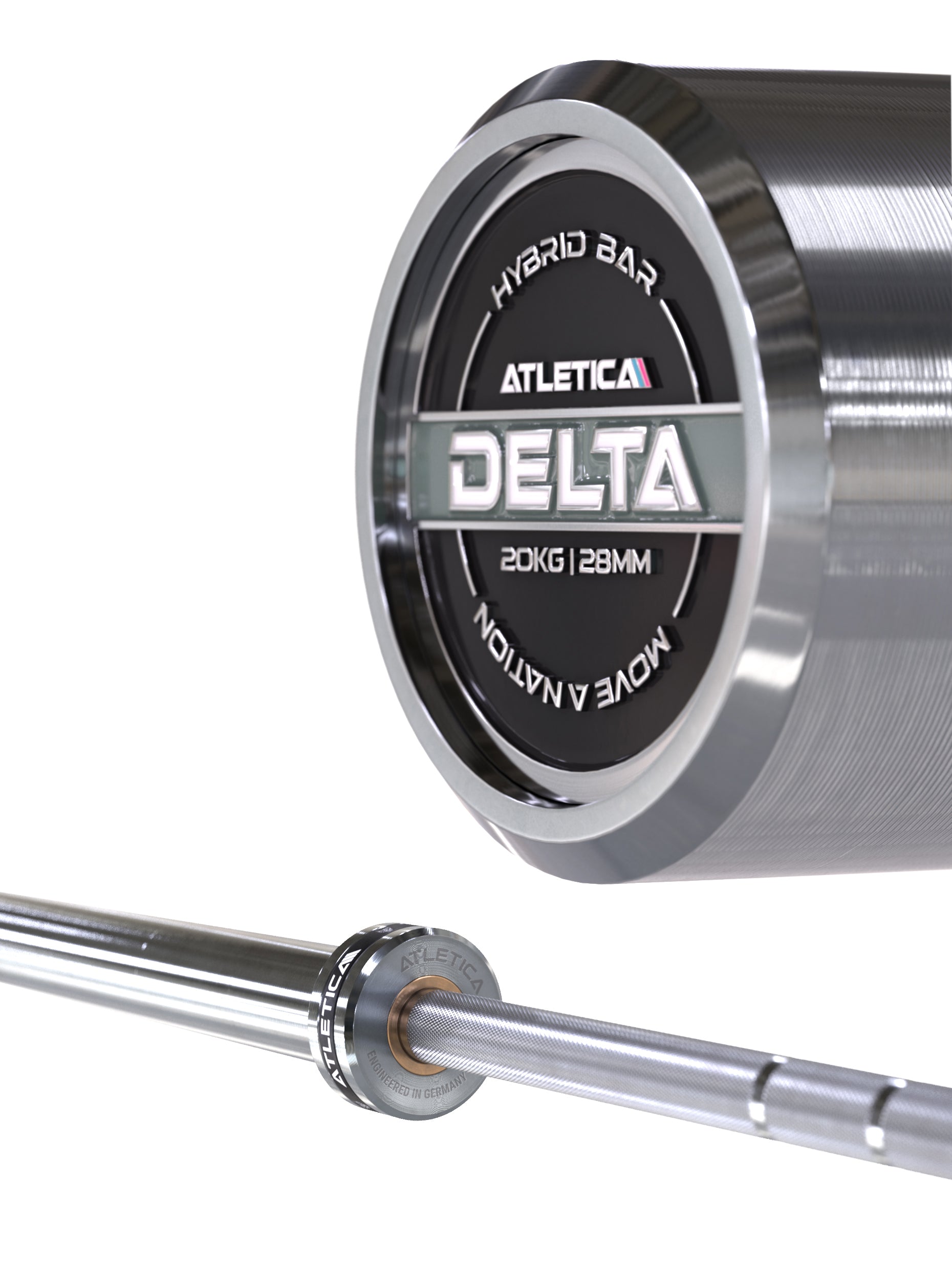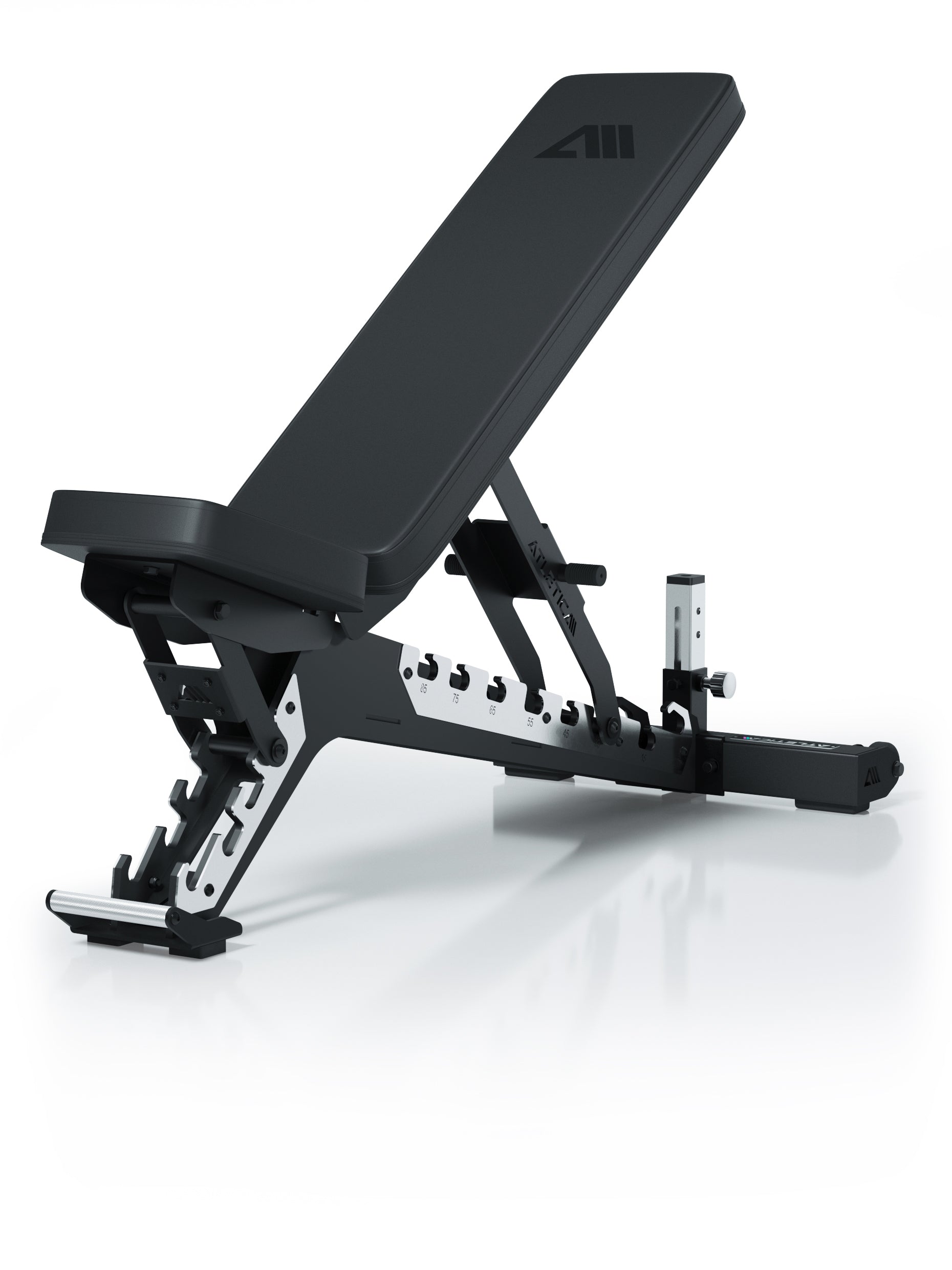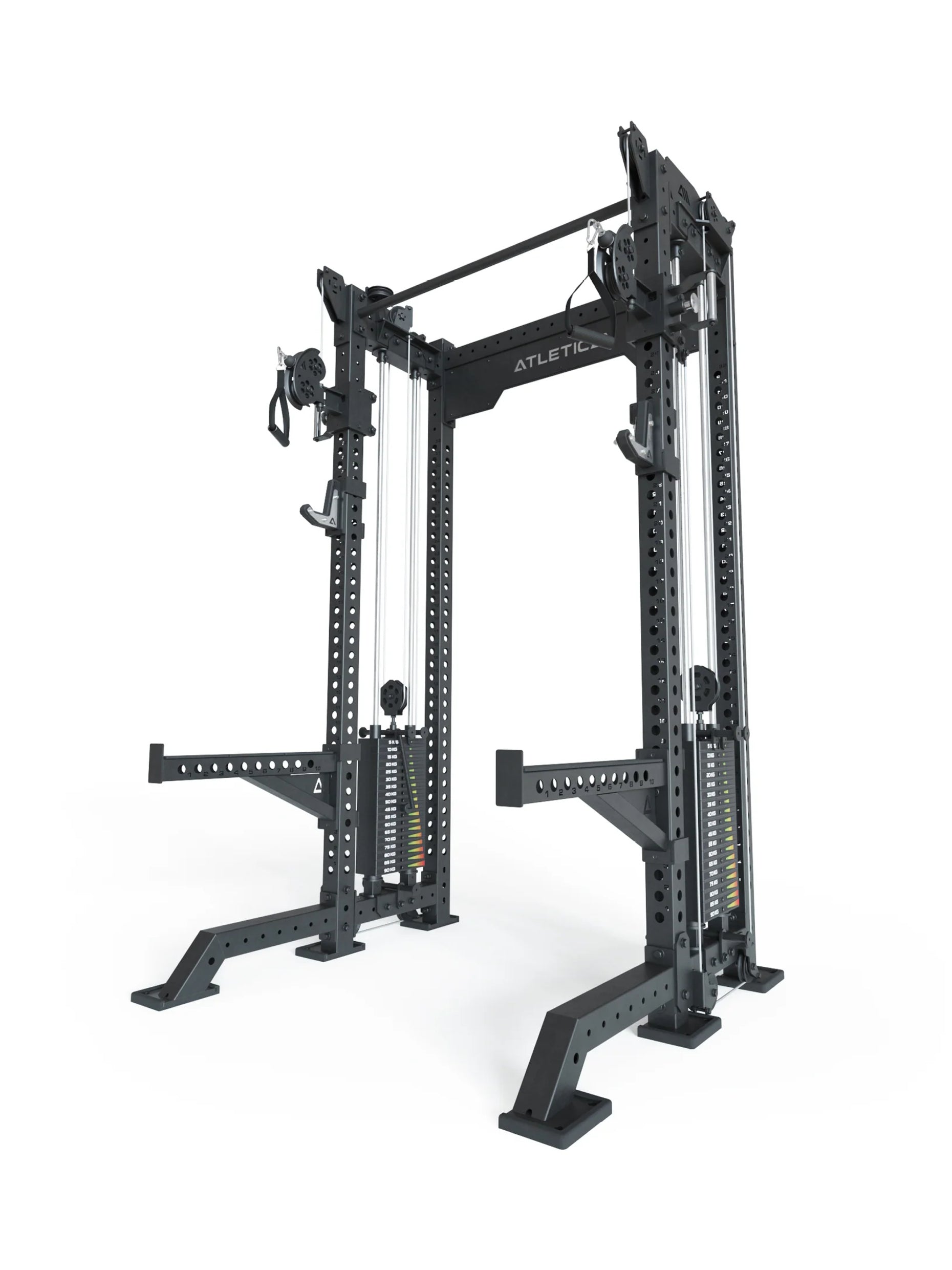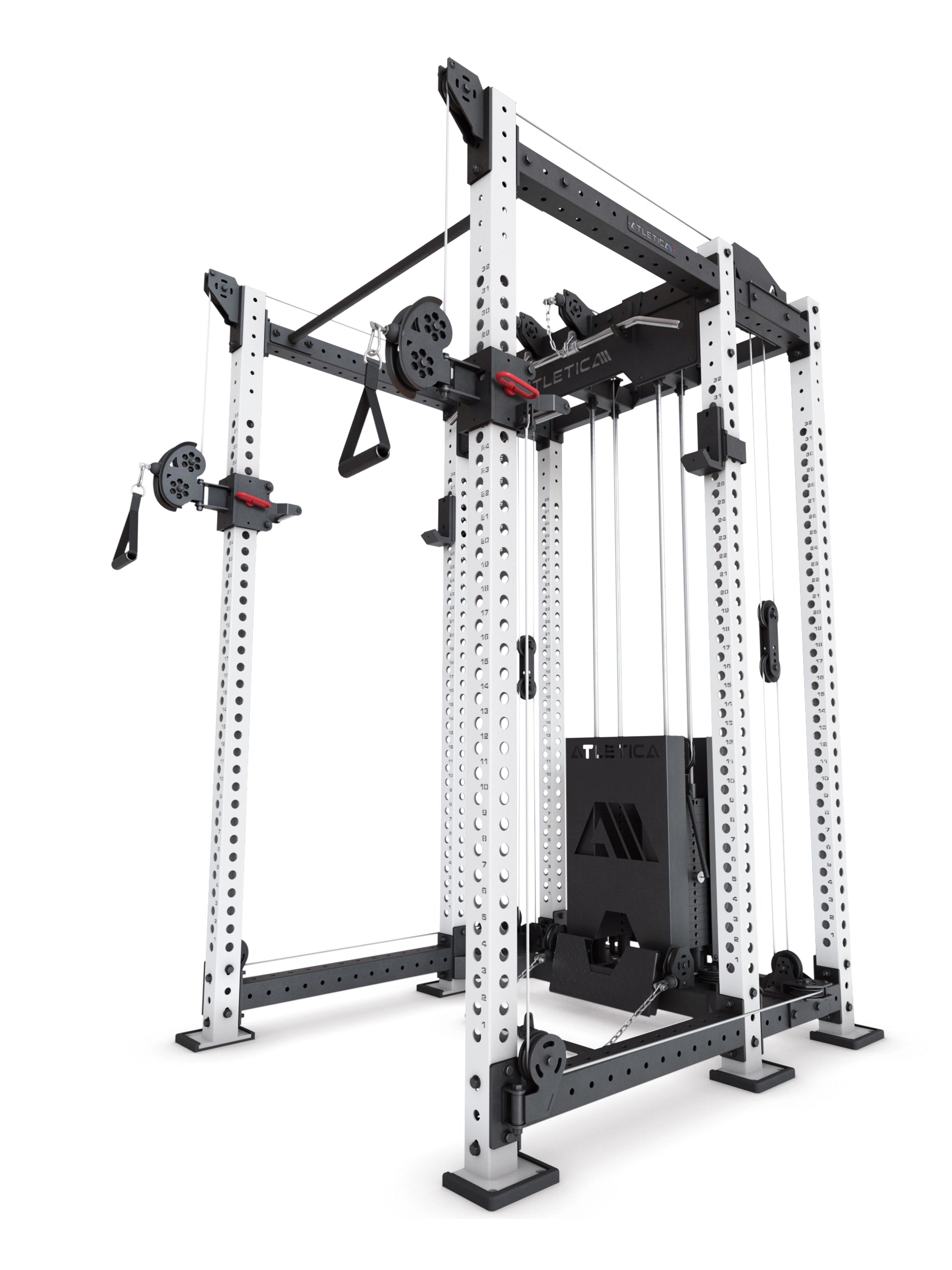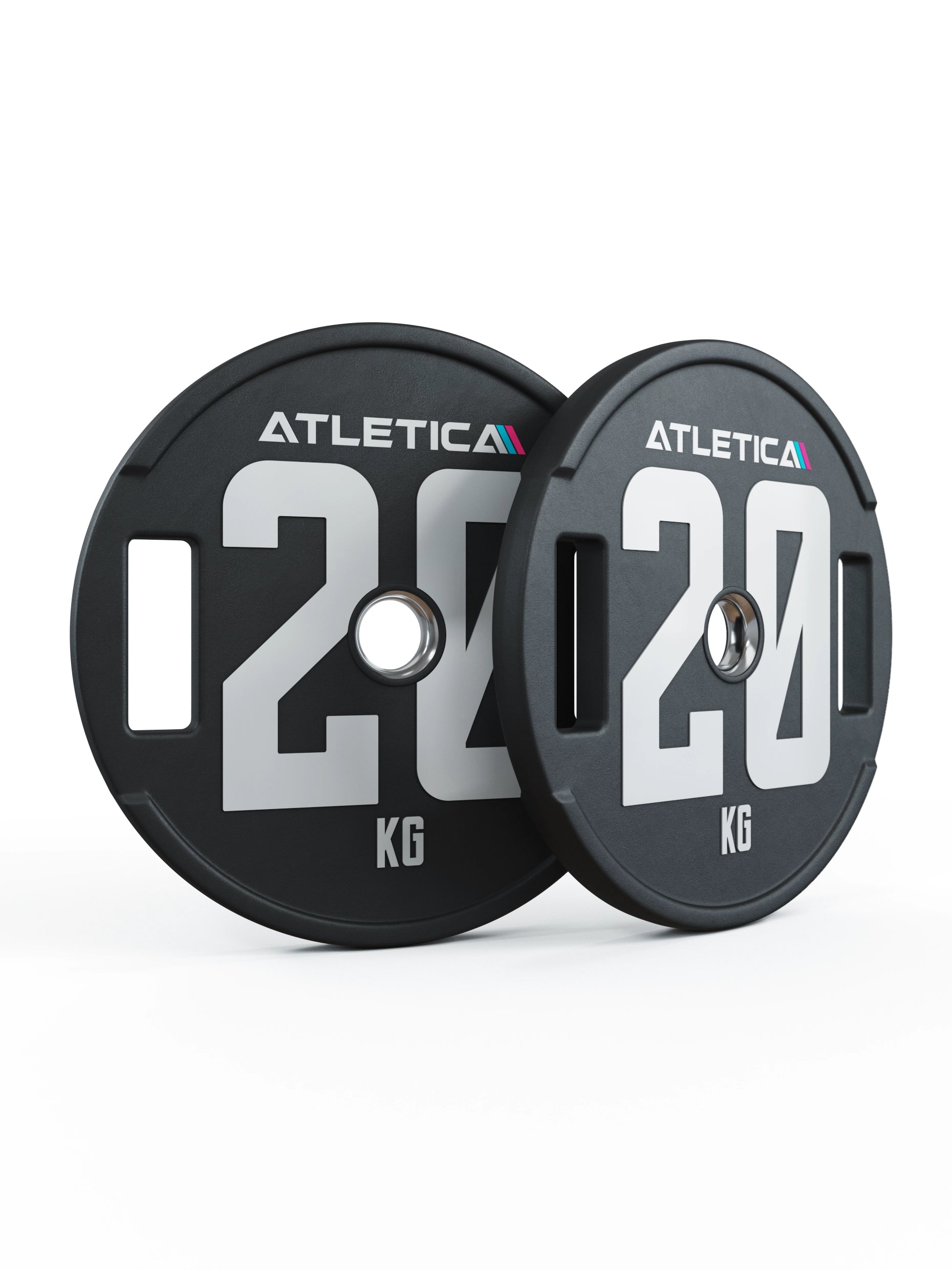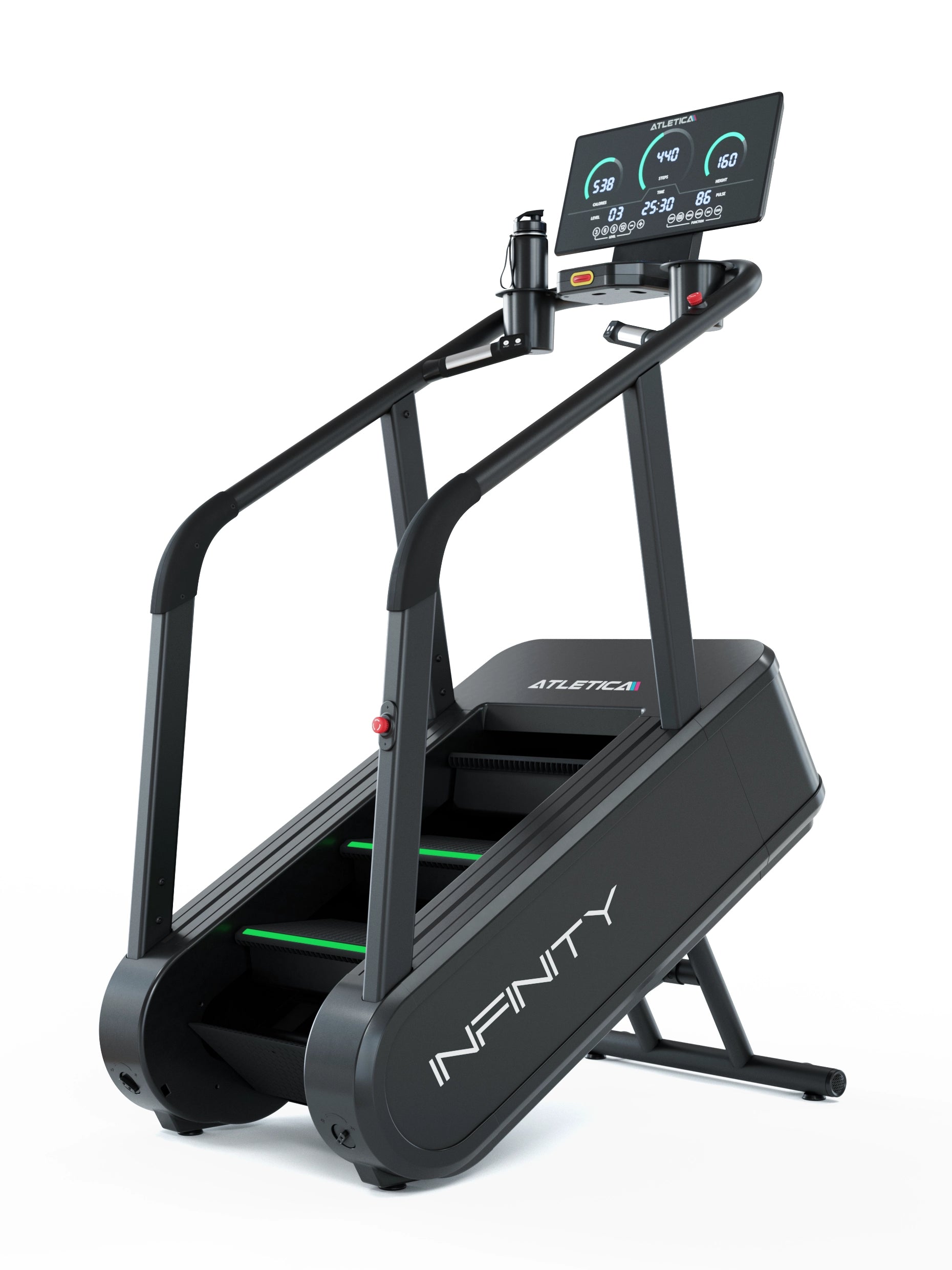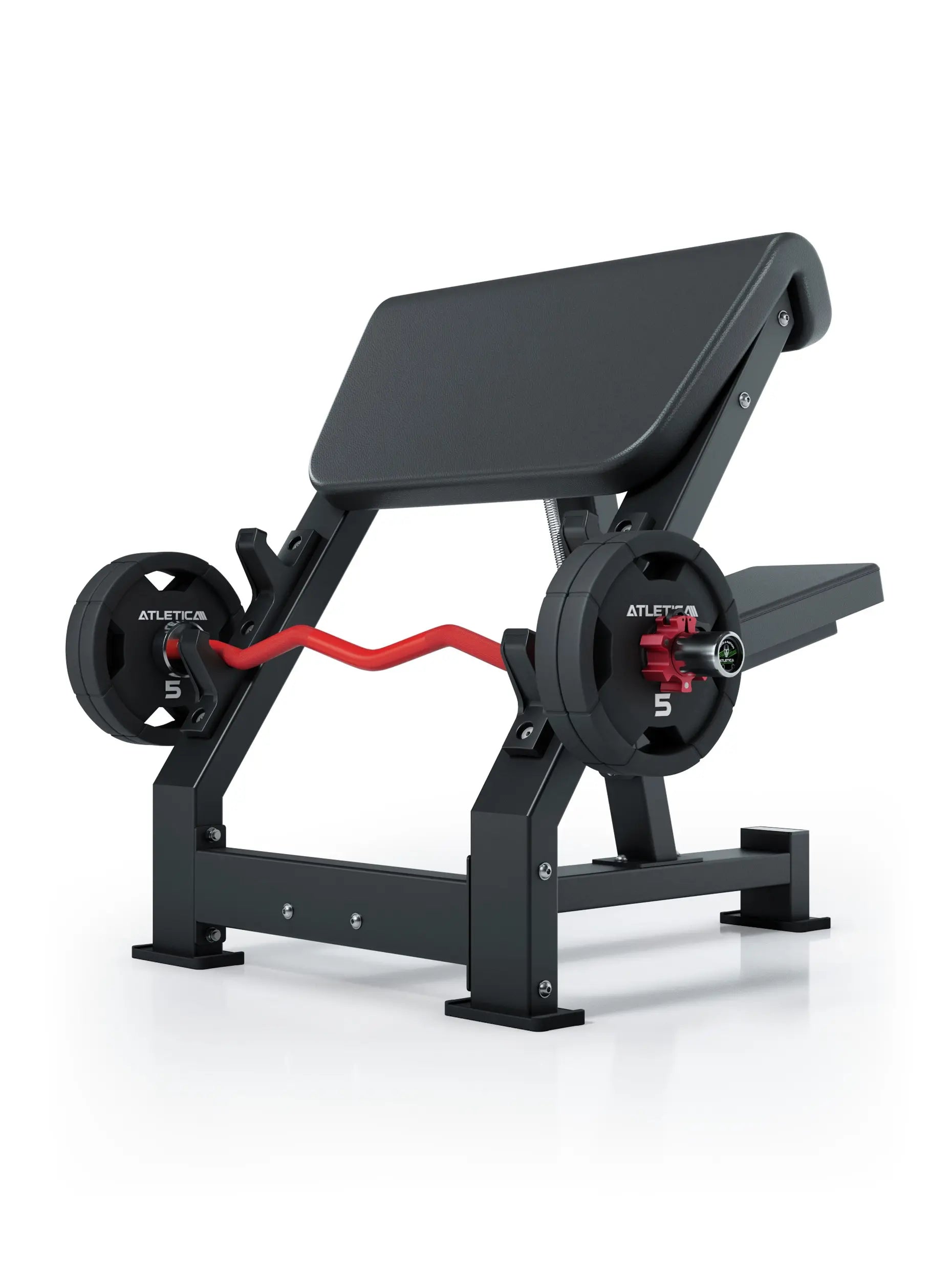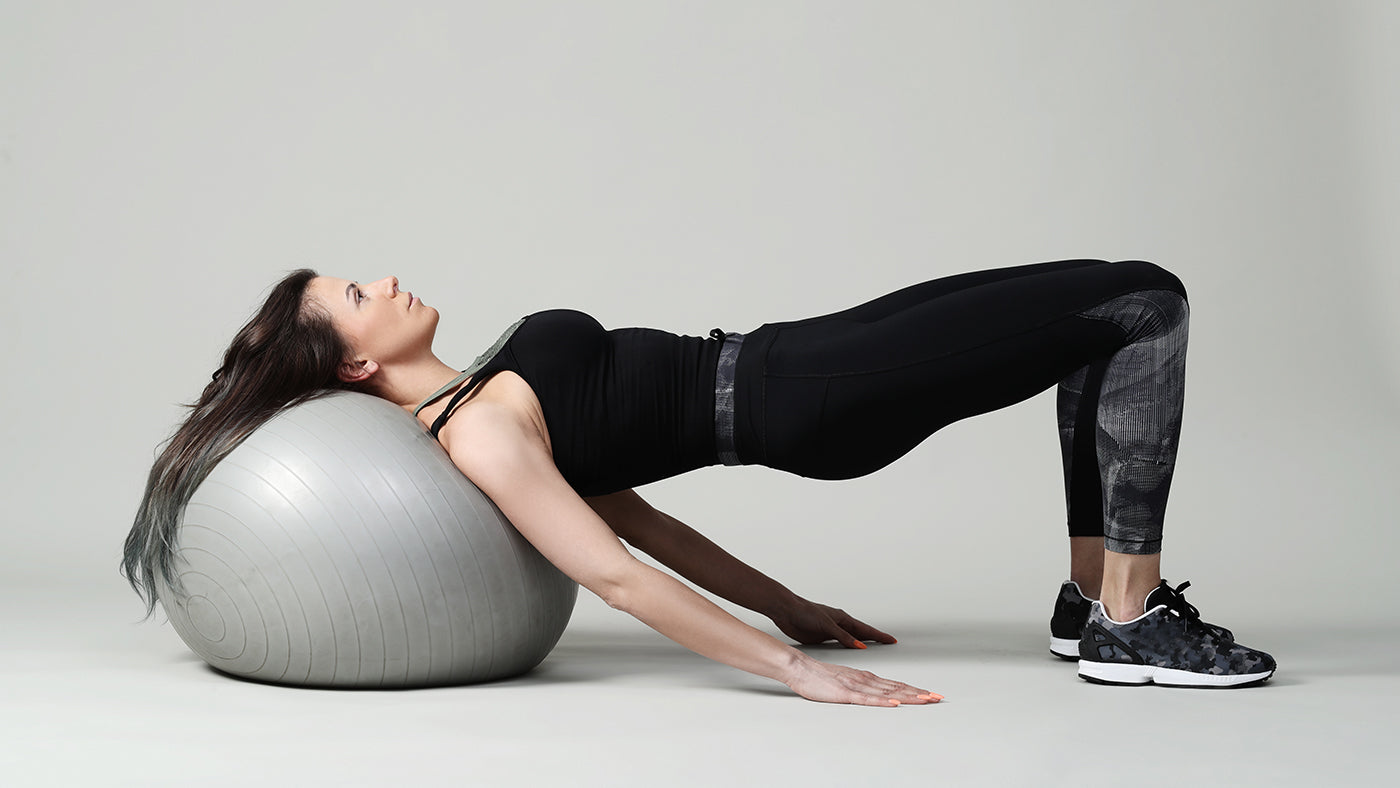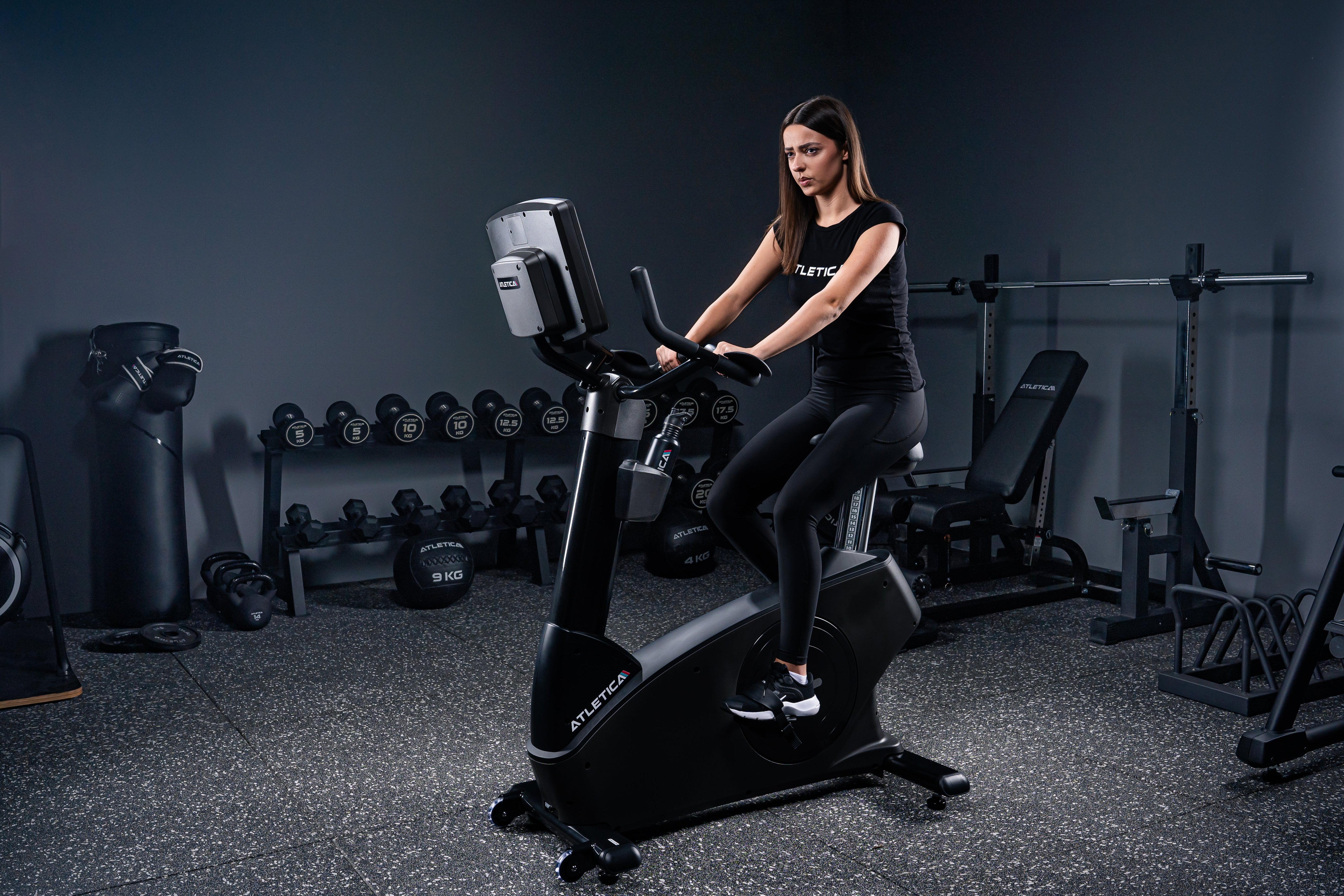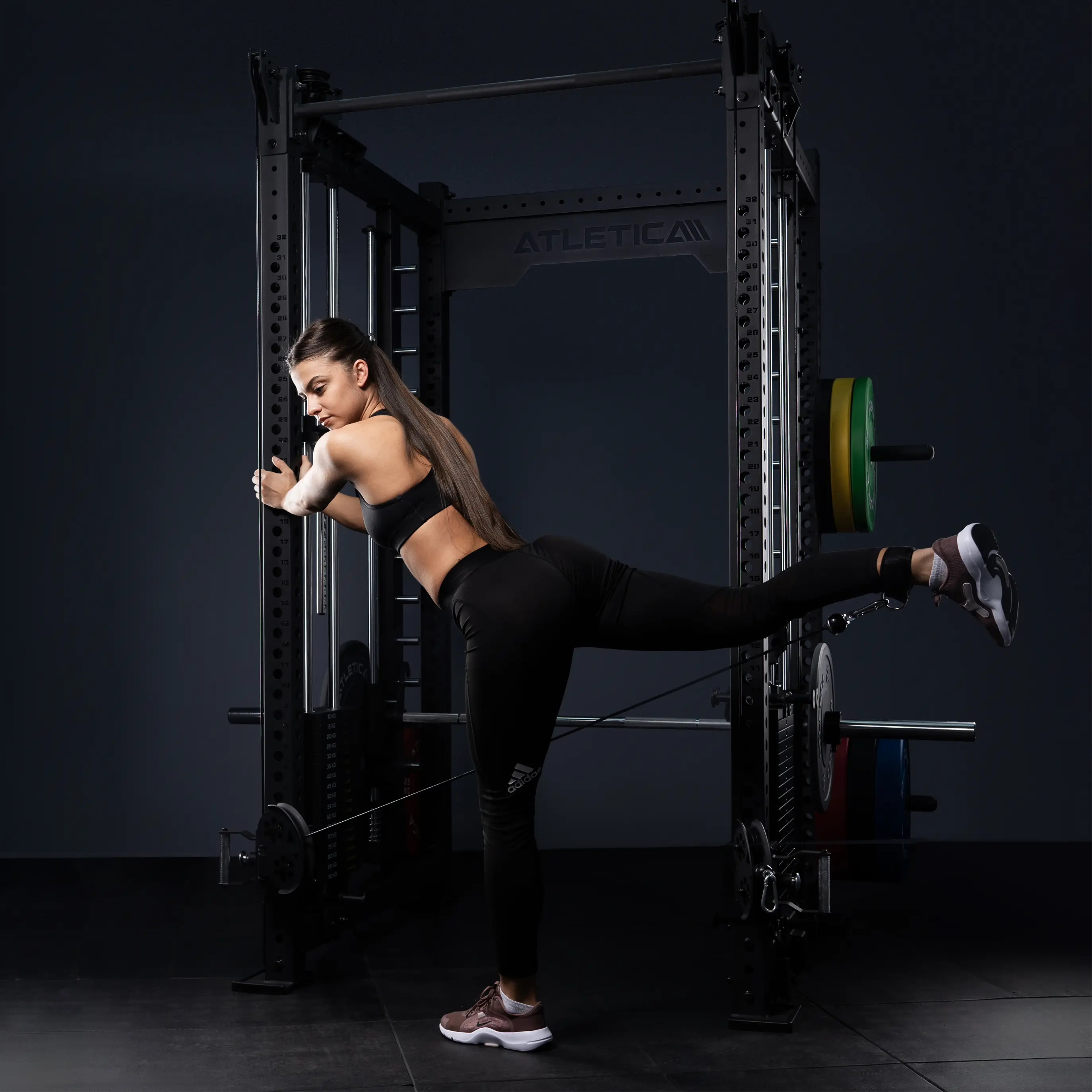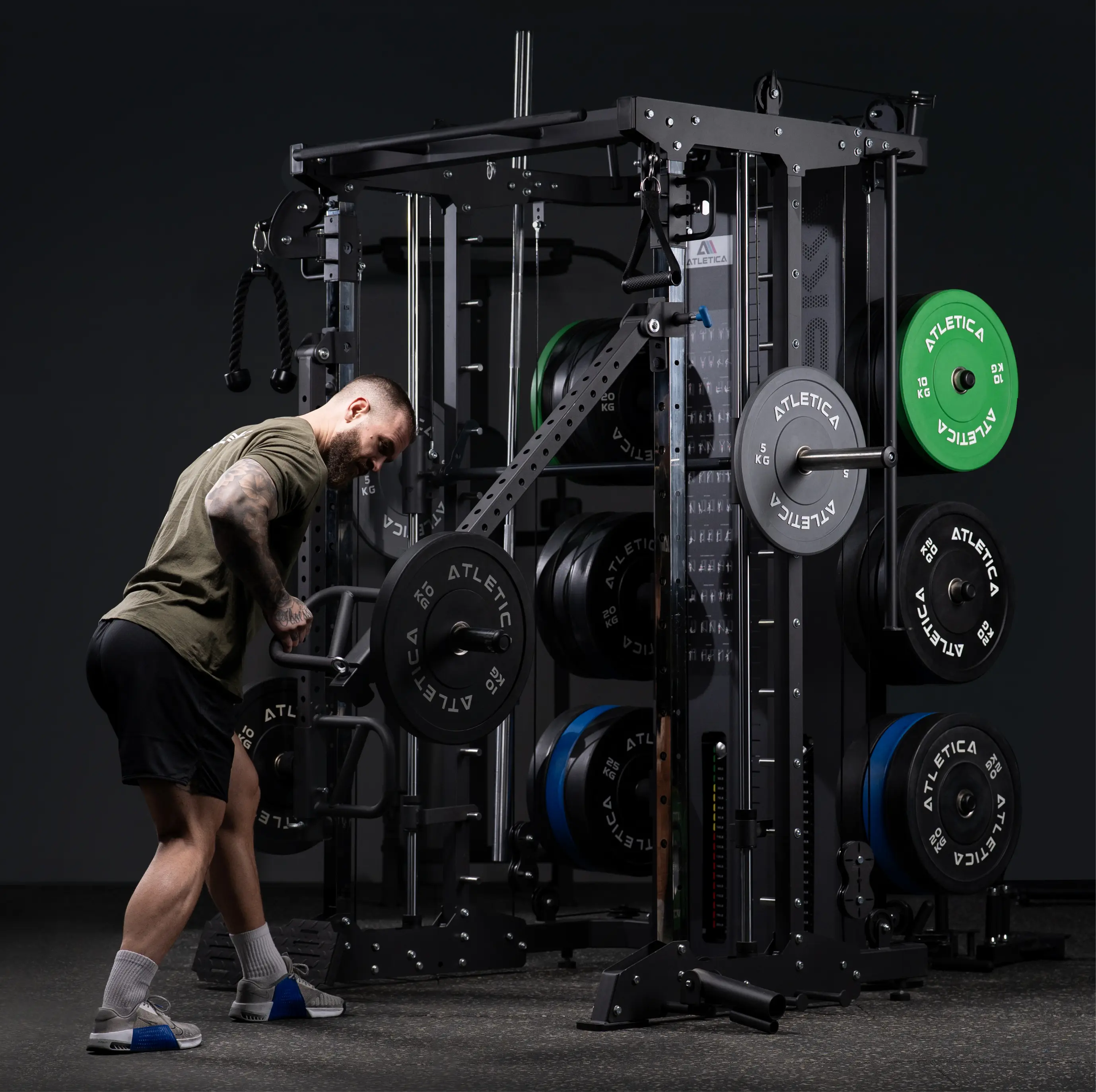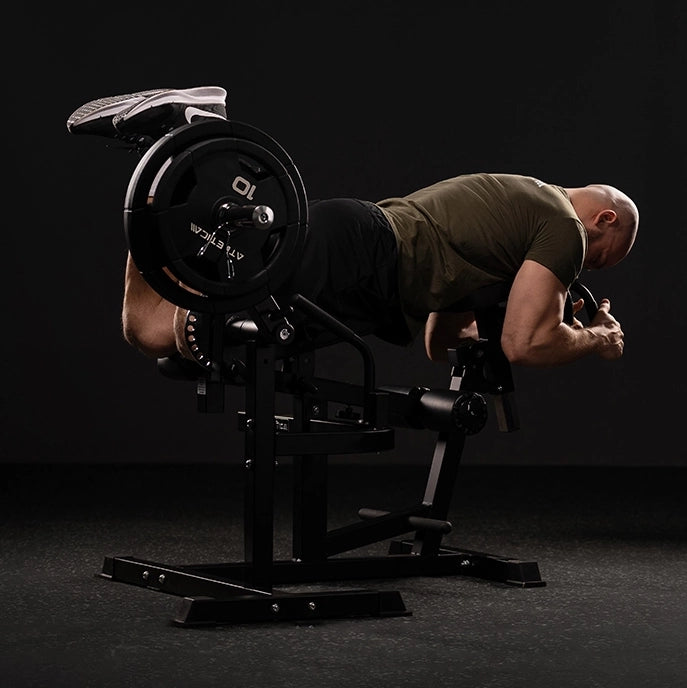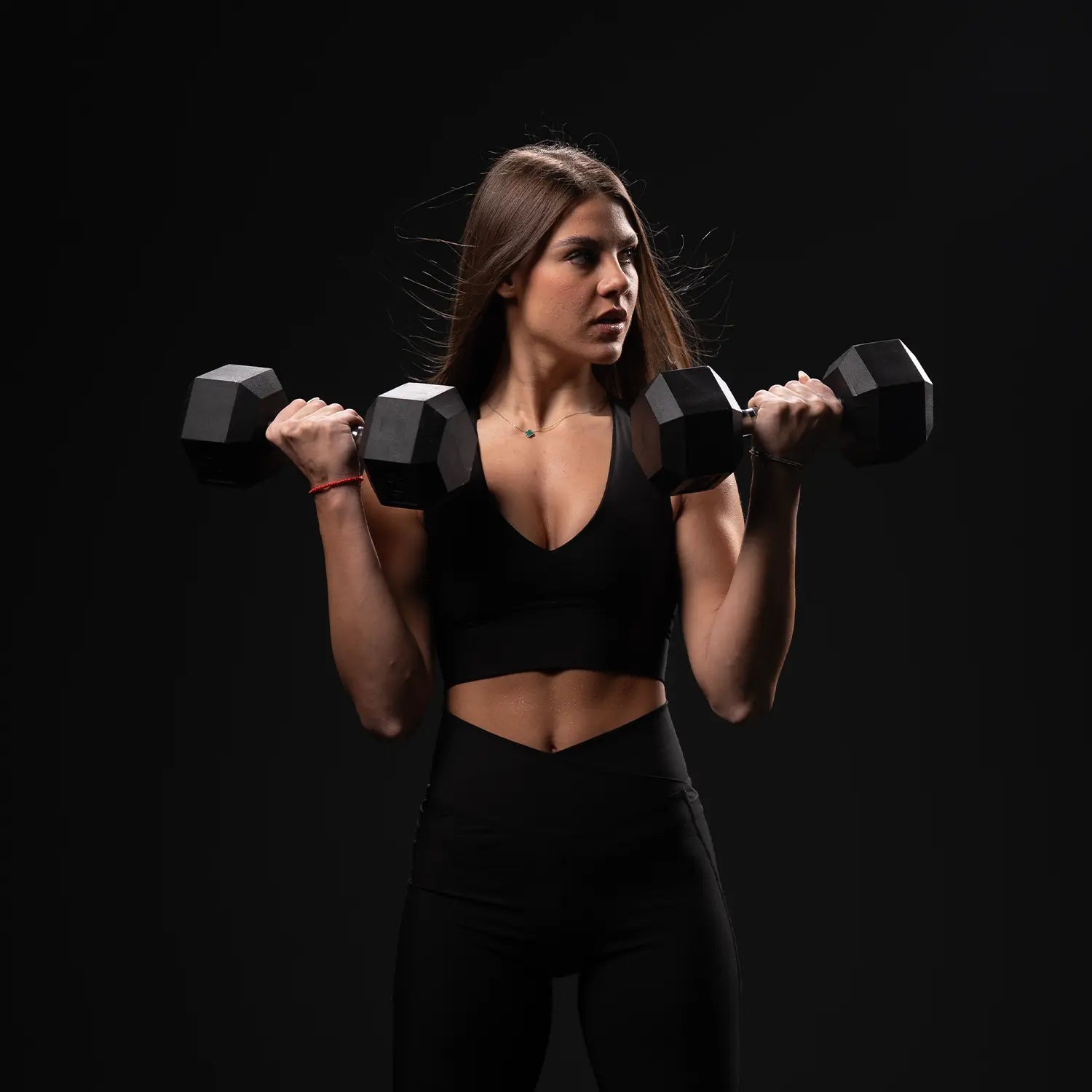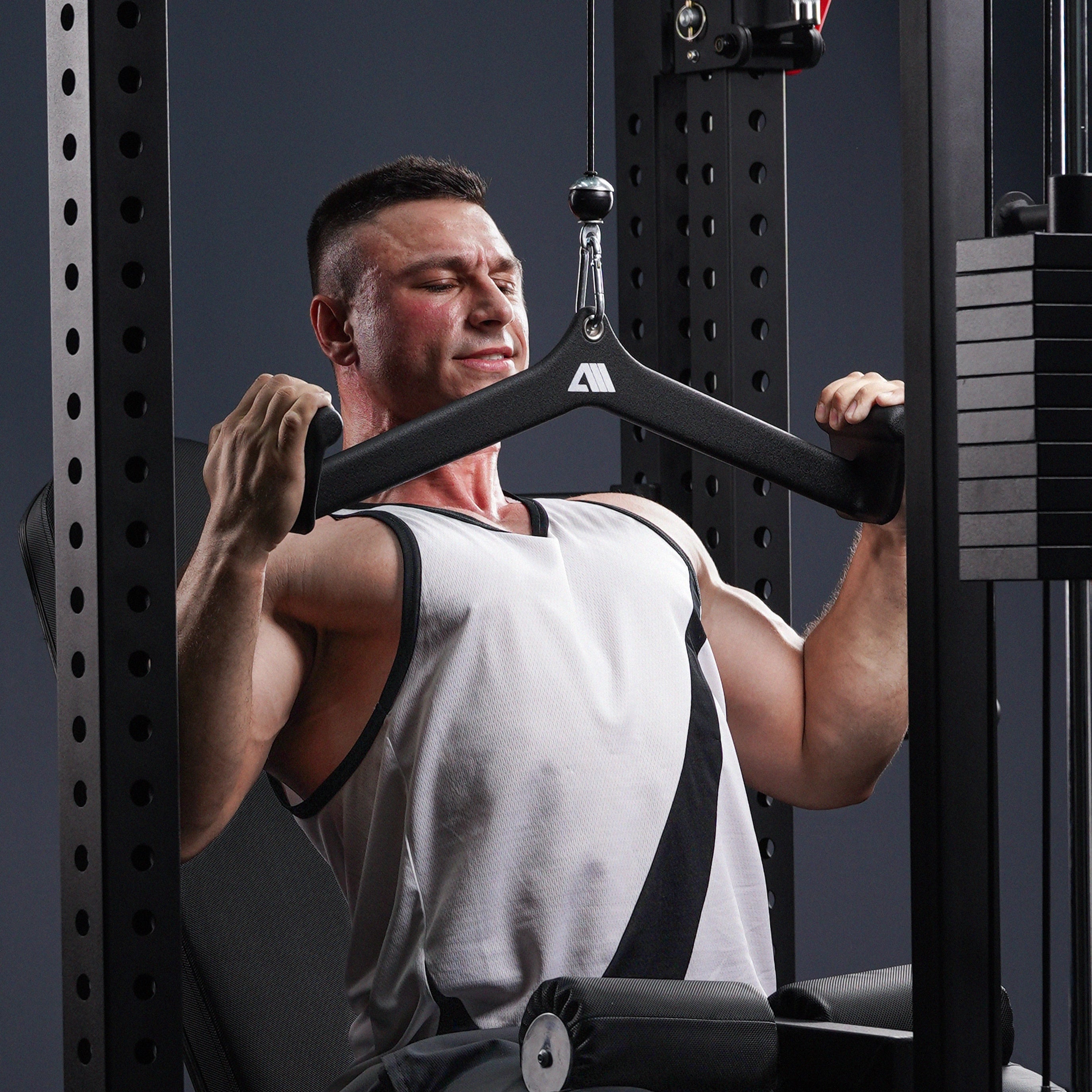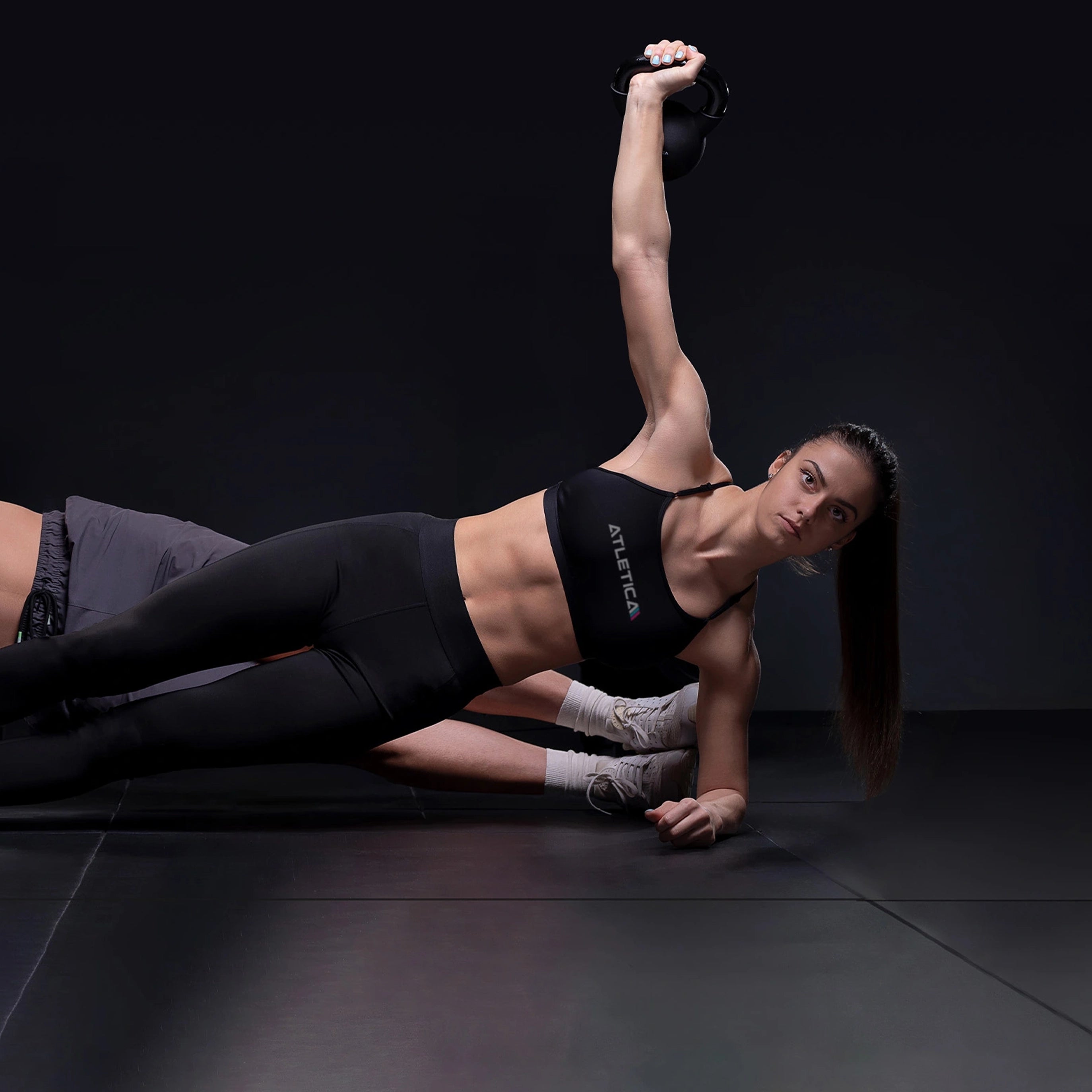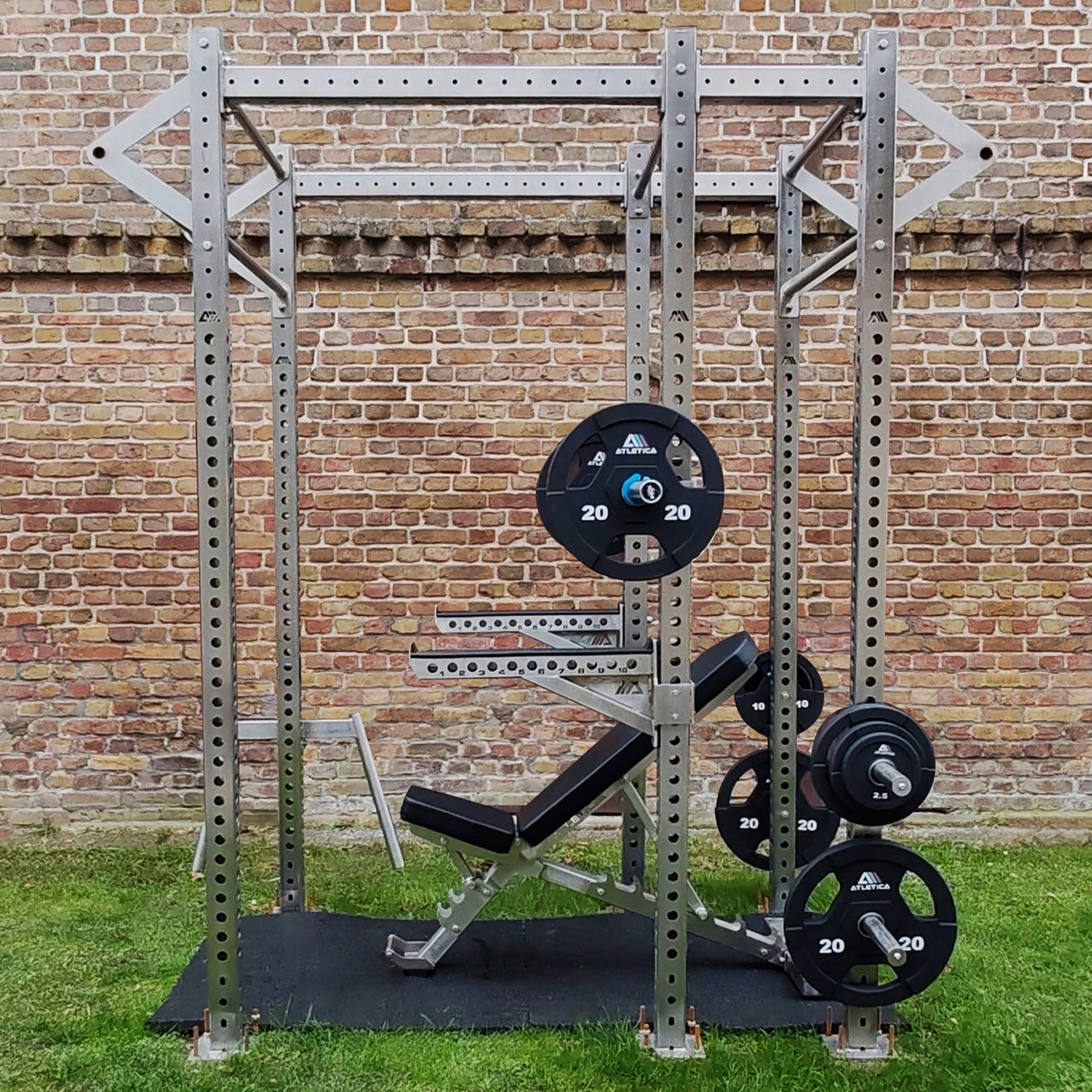Common training mistakes can slow your progress in the gym or even lead to injury. But how can you recognize and avoid these mistakes? In this article, we'll show you 5 common training mistakes and give you tips on how to avoid them in the future so you can train safely and effectively.

1. Faulty technology
One of the most common training mistakes , affecting both beginners and advanced athletes, is neglecting proper technique . Incorrect execution of exercises can not only reduce the effectiveness of the workout but also lead to serious injuries.
Why wrong technology is dangerous:
- You are not training the desired muscle groups properly, which slows down progress.
- There is a high risk of overload or injury, especially with exercises such as squats or deadlifts.
- Poor posture can lead to back and joint problems, which can lead to chronic pain in the long term.
How you can improve your technique:
- Make sure your body is properly aligned during exercises, especially during complex movements.
- Start with lighter weight to learn proper form before increasing the weight.
- Use mirrors or a trainer to make sure your movements are correct.
- If you are unsure or are doing advanced exercises, it is helpful to seek advice from a specialist.
Tip:
If you are unsure whether your technique is correct, film yourself during training or ask an experienced training partner for advice.
2. Increasing the intensity too quickly
A common training mistake that tempts many people to achieve their goals quickly is increasing training intensity too quickly. It's tempting to increase the weight or do more repetitions to see faster progress. However, increasing intensity too quickly can lead to overtraining and injury.
Why increasing intensity too quickly is problematic:
- Your body needs time to adapt to the new demands. If you progress too quickly, you risk overload.
- Muscles and joints are susceptible to injury if they are not adequately prepared.
- Increasing too quickly can increase the risk of muscle tension and strains.

How to avoid this problem:
- Increase the intensity gradually , for example by making small adjustments every two weeks – be it more weight, more repetitions or more sets.
- Listen to your body : If you feel pain or unhealthy fatigue, adjust your intensity.
- Plan recovery phases to give your body enough time to regenerate.
Tip:
Track your progress and only move on to the next level when you can handle the current training weight and repetitions with correct technique.
3. Lack of warm-up and cool-down phases
Another common training mistake many people make is skipping warm-ups and cool-downs. These two phases are crucial for preventing injuries and aiding recovery. Many people are so motivated to start training that they overlook these important steps.
Why warming up and cooling down are so important:
- Warming up increases blood circulation and prepares muscles and joints for the upcoming stress, thereby reducing the risk of injury.
- Cooling down helps to relax muscles, lower blood pressure and improve flexibility.
- It promotes the removal of waste products from the muscles and reduces muscle tension.
How to warm up and cool down correctly:
- Warm-up : Start with light, dynamic stretching or a 5- to 10-minute cardio warm-up (such as easy cycling or running) to prepare your muscles.
- Cool down : Use gentle stretching to lengthen muscles after exercise and increase flexibility. A slow jog or easy cycling can also help.
Tip:
Spend at least 10 minutes warming up and cooling down to get the best results from your training error avoidance strategy.

4. Too little focus on recovery and sleep
A common training mistake that's often overlooked is a lack of rest and sleep. Many believe that more training automatically leads to more progress, but without adequate recovery, the body is unable to fully recover and build muscle. Too little sleep and a lack of recovery often lead to overtraining, fatigue, and injury.
Why rest and sleep are so important:
- During sleep, the body regenerates and repairs muscles stressed by training.
- Sleep promotes the production of growth hormones, which are essential for muscle building and regeneration.
- Without sufficient rest, performance can decline and chronic exhaustion can occur.
How to optimize recovery and sleep:
- Plan at least 1-2 days per week for active or complete rest.
- Make sure you get 7-9 hours of sleep per night to give your body the time it needs to recover.
- Incorporate active relaxation such as walking, yoga, or light stretching to avoid unnecessary strain on the body.
Tip:
Avoid intense training if you feel tired or fatigued. Your body needs time to recover from the stress before you can return to training with full energy.
5. Too little variation in training
Another common training mistake is a lack of variation in training. Many people tend to do the same exercises in the same order over and over again. While this may work for a while, it inhibits progress in the long run and increases the risk of plateaus and overuse injuries.
Why variation in training is important:
- It prevents the body from getting used to certain movements, which slows down progress.
- It reduces the risk of overuse injuries because different exercises target different muscle groups and thus create variety.
- It keeps training interesting and increases motivation to continue.
How you can create variety:
- Regularly vary the exercises you do – for example, by switching between machine and free exercises or by changing the number of repetitions and sets.
- Incorporate different types of training such as strength training, endurance training, flexibility training and HIIT (high-intensity interval training).
- Make sure to use different training equipment such as dumbbells, kettlebells, cable machines or resistance bands.

Tip:
Change your training plan every 4 to 6 weeks to provide new stimuli and achieve continuous progress.
Which fitness equipment can help avoid these training mistakes?
There are numerous fitness devices that can help you with this. We've selected an exclusive Atletica version for you:
1. Cable machines
Cable machines offer high flexibility and allow for controlled movements, helping you learn and maintain proper technique. They support you in executing movements with precision and prevent mistakes like poor posture or unhealthy strain.
How it helps:
- Promotes controlled movements and correct execution.
- Lower risk of injury as the machines stabilize.
- Ideal for correct technique in exercises such as rowing or tricep presses.
2. Barbell and dumbbells
Barbells and dumbbells are very effective if you want to increase your strength, but they also require proper technique. With moderate weight and proper form, these machines will help you build a solid base and avoid rapidly increasing intensity.
How it helps:
- You can gradually increase the intensity and perform the technique safely.
- Dumbbells require greater self-stabilization, which allows you to work on your posture and stability at the same time.
- Strengthening the entire body, especially in exercises such as deadlifts and bench presses.
3. Rowing machine
The rowing machine is an excellent tool for increasing your endurance while improving your technique. Because it engages both your upper body and legs, it helps prevent overuse injuries caused by unbalanced training.
How it helps:
- Improves cardiovascular fitness while strengthening the back and shoulders.
- Protects the joints and provides a complete full-body workout.
- Promotes correct posture and smooth movement.
4. Exercise bike (bicycle ergometer)
An exercise bike is an effective tool for improving endurance without putting too much strain on your joints. Regular cardio training on an exercise bike allows you to increase endurance without risking excessive stress on your joints and muscles.
How it helps:
- Supports endurance building without overloading.
- Promotes a steady increase in intensity to avoid overtraining.
- Ideal for rehabilitation and preventative training as it is gentle on the joints.
5. Kettlebells
Kettlebells offer a great way to combine strength and endurance. They're especially useful for refining movement patterns and developing proper form, especially in dynamic exercises like swings and kettlebell squats.
How it helps:
- Promotes body stability and strengthens the muscles of the posterior chain.
- Requires precise technique and stabilizes posture during exercises.
- Prevents mistakes in fast, explosive movements that can lead to injuries.

6. Stretching and foam roller
Foam rollers and stretching equipment are excellent tools to avoid mistakes during recovery. They not only support stretching and mobility, but also contribute to active recovery and help relieve muscle tension.
How it helps:
- Reduces muscle tension and promotes flexibility.
- Supports recovery and prevents muscle-related injuries.
- Helps relax muscles after intense workouts.
Conclusion on avoiding training errors
The right equipment and fitness machines can help you avoid common training mistakes, improve your technique, and boost your performance. Make sure you choose equipment that supports your form and prevents injuries.





